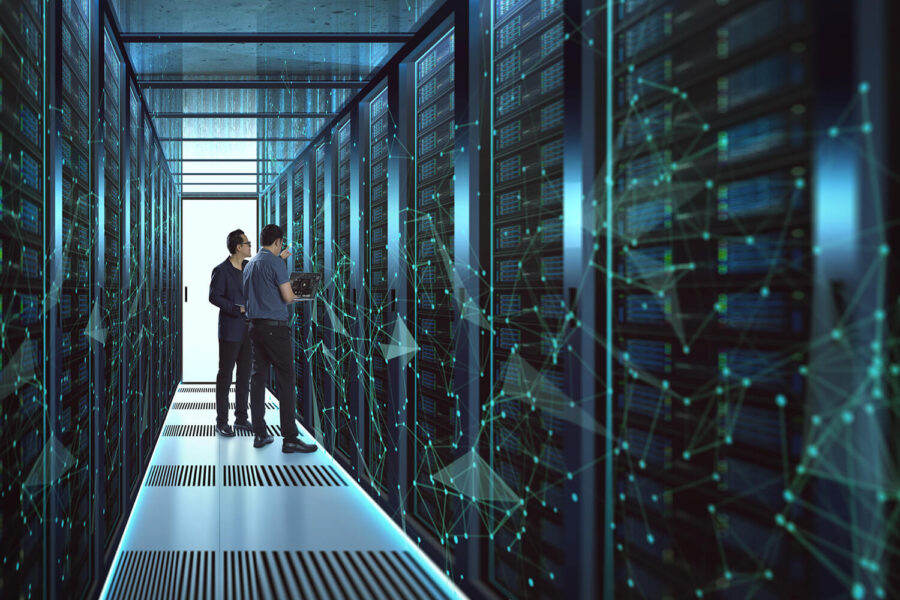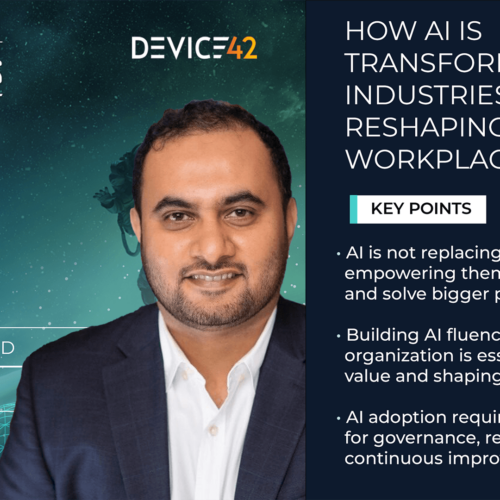Data center owners and operators have focused on improving facility energy efficiency for years. Power costs represent a sizable portion of data centers’ Opex budgets, and electricity costs have been soaring in many regions due to geopolitical developments. In the US, the cost to operate a typical large data center for a year is 8.6% of capital expenses. Power expenditures take 40% to 80% of that budget.
Data center teams at hyperscalers, colocation providers, and enterprises want to power and cool devices efficiently, so that they can drive down costs and free up funds for other investments or return more profit back to the business. In addition, companies face growing shareholder and media pressures to minimize power consumption. While data centers currently use 1% of the world’s electricity, the sector’s power consumption is growing fast, thanks to the exponential growth of digitization, artificial intelligence-powered analytics and services, cryptocurrency, and other power- and computing-intensive trends.
Source: DW.
In a related blog, How to Make Your Data Center More Energy-Efficient, we provide a deep dive on power consumption trends, power usage effectiveness (PUE) trends, key considerations in deploying energy-efficient facilities and equipment, and how to get ready for coming carbon taxes.
In this blog, we’ll delve deeper into the concept of PUE: what it is, why it’s important, and how you can optimize power consumption at your data center or network of facilities.
What Is PUE — and How Is It Calculated?
According to TechTarget, PUE is a key metric used to determine a data center’s energy efficiency and is determined by dividing the total amount of power entering the facility by the power that is used to run IT equipment. Servers are the biggest energy hogs, consuming 40% of a data center’s power, followed by power and cooling equipment at 39%.
The more efficient a facility, the closer the score is to 1.0. So, firms want to decrease their PUE score to improve energy efficiency. While data centers are currently averaging 1.57 PUE scores according to Gartner, some newer facilities are able to achieve PUEs of 1.3 or even lower.
Google boasts an enviable PUE of 1.1 at all of its large data centers. Microsoft’s PUE is 1.22 at existing facilities and 1.12 at newer ones. AWS numbers were not available online, but are said to be 3.6 more times energy-efficient than the median US data center.
Why You Should Use DCIM Software to Calculate PUE
You can monitor energy use by calculating PUE manually, but it’s very time-consuming and prone to introducing errors into the process. You’ll need to calculate each device’s power usage, while accounting for losses by comparing input and output values; add these numbers up; and then divide total incoming power by this sum. To create trustworthy PUE scores and measure the impact of data center energy efficiency initiatives, this process needs to be repeated weekly or monthly, year-around.
There’s an easier way to calculate PUE: use data center infrastructure management (DCIM) software to help increase visibility into the data center power chain. You can easily see how much power different devices, such as power distribution units (PDUs), uninterruptible power supplies (UPSs), computer room air conditioners (CRACs), and branch circuits that support SNMP (Simple Network Management Protocol) are drawing. With this data in hand, calculating PUE becomes more automated and is much easier to do.
Knowing a data center facility’s PUE score enables you to:
- Monitor equipment and facility power consumption in real-time
- Analyze historical data to identify critical trends
- Evaluate and compare opportunities for optimizing energy use
- Prepare business cases for new investments
- Demonstrate progress towards achieving sustainability goals
How to Improve Data Center Energy Efficiency Using PUE Data
So, what are some steps that you can take to improve your PUE score, once you’ve calculated it?
- Use remote monitoring and management: You can use DCIM and other centralized management platforms to remotely monitor and manage virtualized, software, and hardware assets. These tools provide holistic and granular insights; enable teams to track and trend data, such as power consumption; and receive alerts, such as when devices fail. By using this data to maintain and upgrade IT, power, and cooling technology, you can improve PUE scores.
- Decommission “zombie” servers: Zombie, comatose, or ghost servers are those that consume energy, but don’t process workloads. One study found that about 25 percent of servers and 30 percent of virtual machines were zombies and could thus be decommissioned. This is low-hanging fruit anyone can reap. A DCIM solution can be configured to automatically remove systems that don’t draw power (such as virtual servers) into your PUE score.
- Virtualize as much as possible: Data center teams are now virtualizing a myriad of devices, including applications, servers, data storage, computing networks, user desktops, and more. Virtualization technology providers, such as VMWare and others, provide hypervisors that separate physical resources from virtual environments, enabling underlying devices to dynamically support more resources and users. Virtualization enables hosts to support more devices, decreasing power usage. However, virtualization also increases the power density of racks, because computing is more efficiently used. So, to reap more advantages from virtualization, you should also improve the power and cooling of underlying systems.
- Improve power management and distribution: As you modernize data centers, consider upgrading power management systems, such as installing new circuit breakers, switchgear, intelligent PDUs, UPSs, and more. Optimizing power loads can decrease energy costs, while preventing overloading power equipment avoids outages that can have deleterious costs on IT equipment. A 451 Research survey on data center performance found that 75% of respondents said their electrical efficiency was below 80%, indicating a need for improvement.
- Optimize cooling: Data center teams have multiple tools to improve cooling, including using environmental sensors to determine the proper temperature for equipment, ensuring the right humidity and airflow, and upgrading end-of-life systems. Hot/cold aisle containment separates hot and cold air, cooling equipment more effectively and reducing power costs. Another strategy is to use liquid cooling for high-density workloads.
- Use more renewable energy: Historically, renewable energy hasn’t been a great choice for data centers because of its unpredictability. However, battery energy storage systems (BESSs) make it possible to create hybrid energy systems and use the best energy source at the best time.
How to Choose the Right Data Center Power Management Software
Many companies offer DCIM software, which can be used to calculate PUE. Tools should provide:
- Full breadth discovery to be able to count and find all your resources in one place
- Easy drag-and-drop functionality to model data center space
- The ability to auto-generate rack diagrams
- IT patch panel management capabilities
- Detailed device information
- Integrated power management capabilities
- The ability to customize capabilities to facility requirements
- Scalability across a network of facilities
In addition, teams may want to consider purchasing a DCIM solution from a vendor that also offers other critical data center management capabilities, such as IT asset management (ITAM) and a configuration management database (CMDB). By doing so, they can gain a holistic view of data center performance, more easily troubleshoot issues, optimize software license and other spend, and more.
Improve PUE Scores to Stay Competitive This YearRunning an energy-efficient data center and continually optimizing processes is seen as a competitive differentiator in the market. Enterprises even choose data center partners, in part because of their PUE scores. The reason why is that enterprises can reduce their own carbon footprint by working with a partner who is energy-efficient. In addition, all data center operators want to run profitable operations, so that they can grow and scale, take share from competitors, and future-proof their business models in an era of climate and geopolitical change.




